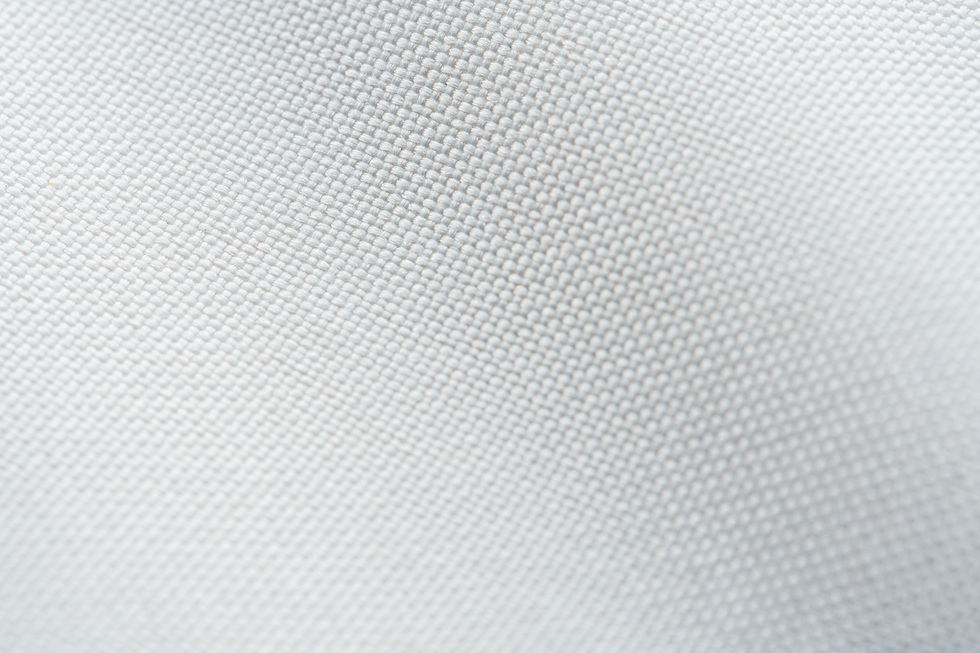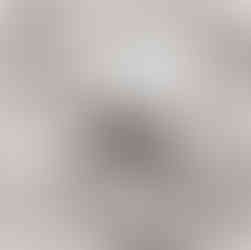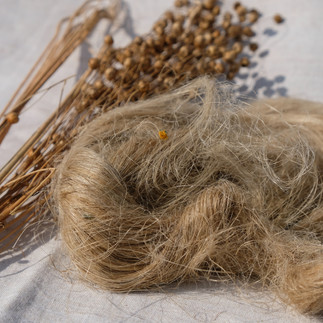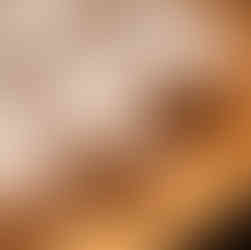The Ultimate Guide to Men's Dress Shirt Fabrics – By Allan David Bespoke
- Allan Sinclair
- 2 hours ago
- 7 min read
At Allan David Bespoke, a well-made custom dress shirt begins with the right fabric. Whether a crisp poplin for high-stakes meetings or breezy linen for summer getaways, the cloth you choose sets the tone for the shirt's comfort, durability, and elegance.
For our discerning clients, fabric isn't just a detail—it's the foundation. This guide breaks down everything you need to know about men's dress shirt fabrics: the core fibre types, the different weaves, their characteristics, and how to select the right one for your lifestyle.
Core Fabric Types
Cotton
Cotton is the most popular and versatile fabric in shirting. It breathes well, feels soft against the skin, and drapes naturally. Premium types like Egyptian, Pima, and Sea Island cotton offer extra-long fibres that result in smoother, stronger fabrics. It's ideal for everything from everyday business wear to formal dress shirts.
Linen
Harvested from flax plants, linen is prized for its breathability and relaxed texture. It excels in hot weather but wrinkles easily—a feature some clients embrace for its easygoing elegance. Linen-cotton blends offer the best of both worlds.
Silk
Silk shirts are the epitome of luxury. Smooth, soft, and with a natural sheen, they are best reserved for formal events and special occasions. They require delicate care but make a strong statement.
Shirt Weaves: Texture, Weight, and Personality
While fabric type determines comfort, the weave defines a shirt's texture, structure, and formality. Here's a deeper look at the common weaves used in fine shirting:
1. Poplin (aka Broadcloth)
Weave Type: Plain weave (1-over, 1-under)
Texture: Smooth, flat, crisp
Weight: Lightweight
Breathability: High
Wrinkle Resistance: Low
Formality: High
Shine: Low
Features:
Poplin is the clean-cut workhorse of office dress shirts. Its ultra-fine yarns are woven tightly in a simple over-under pattern, giving it a smooth surface and sharp appearance. Its minimal texture helps dress shirts look sleek and formal.
Best For:
Business wear
Job interviews
Weddings
Summer suits
Watch Out For:
White poplins can be slightly transparent in bright light and crease easily, so keep an iron or steamer handy.

2. Broadcloth
Weave Type: Also a plain weave (technically the same as Poplin)
Texture: Smooth, tight, slightly more substantial than Poplin
Weight: Light to medium
Breathability: High
Wrinkle Resistance: Low
Formality: High
Shine: Low
Features:
Broadcloth is often used interchangeably with Poplin but tends to use slightly thicker yarns or a higher thread count, giving it a denser feel and a richer texture that stays formal.
Best For:
Business and formal events
Interviews and client meetings
Crisp, structured looks
3. End-on-End
Weave Type: Plain weave using alternating light and dark threads
Texture: Visually textured but smooth to the touch
Weight: Light
Breathability: High
Wrinkle Resistance: Low
Formality: Medium to high
Shine: Low
Features:
From a distance, it looks like a solid colour. Up close, you notice the subtle contrast between the warp (coloured) and weft (white) yarns. This gives it depth and character without compromising a clean look.
Best For:
Warm-weather office shirts
Smart-casual settings
Men who want something more interesting than flat solids

4. Twill
Weave Type: Diagonal weave (e.g., 2-over, 1-under)
Texture: Noticeable diagonal ribbing
Weight: Medium to heavy
Breathability: Moderate
Wrinkle Resistance: High
Formality: Medium to high
Shine: Moderate (varies by yarn and finish)
Features:
Twill shirts are smooth but have a distinct texture due to the diagonal pattern. They drape beautifully, resist wrinkles, and tend to feel a bit more luxurious. You'll find everything from subtle fine twills to bold versions like Imperial or Cavalry twill.
Best For:
Daily wear
Travel (wrinkle resistance!)
Cooler climates
Downside:
Twill won't give you the "crisp snap" Poplin offers fresh off the ironing board.

5. Herringbone
Weave Type: Variation of twill, alternating diagonal direction
Texture: Chevron or "V-shaped" zigzag pattern
Weight: Medium
Breathability: Moderate
Wrinkle Resistance: High
Formality: Medium to high
Shine: Subtle
Features:
Herringbone is a visual upgrade on twill. The weave forms a repeating chevron pattern, which adds interest without being flashy. It's often used for fall/winter shirts or dress shirts with more texture and polish.
Best For:
Smart business attire
Subtle visual interest
Cooler months

6. Oxford Cloth
Weave Type: Basket weave (2-over, 2-under)
Texture: Coarse, matte, sturdy
Weight: Medium to heavy
Breathability: Moderate
Wrinkle Resistance: Moderate
Formality: Casual to smart-casual
Shine: None
Features:
Oxford cloth is built to last. Its basket weave gives it a chunky, hearty feel. It's thicker and slightly rougher and often comes in button-down styles. Worn slightly rumpled or tucked out, it nails relaxed elegance.
Best For:
Office Casual
Weekends
Layered winter looks

7. Pinpoint Oxford
Weave Type: Tighter, finer basket weave
Texture: Smoother than traditional Oxford
Weight: Light to medium
Breathability: Moderate
Wrinkle Resistance: Moderate
Formality: Versatile—business casual to semi-formal
Shine: Very slight
Features:
Pinpoint uses finer yarns and a tighter weave than classic Oxford, offering a smoother surface and a slightly dressier appearance. It works well as an everyday business shirt with some rugged charm.
Best For:
Office environments
Day-to-night dressing
Under blazers or cardigans

8. Royal Oxford
Weave Type: Complex basket weave with a distinctive shine
Texture: Luxurious, visible texture
Weight: Medium
Breathability: Moderate
Wrinkle Resistance: Good
Formality: Dressy
Shine: Noticeable
Features:
Royal Oxford is the upscale cousin in the Oxford family. It has a more elaborate texture and a touch of sheen, making it great for business or formal events where you want something elegant but not flat.
Best For:
High-end businesswear
Evening events
Dress shirts with texture

9. Chambray
Weave Type: Plain weave with coloured warp and white weft
Texture: Denim-like but smoother
Weight: Light to medium
Breathability: High
Wrinkle Resistance: Moderate
Formality: Casual
Shine: None
Features:
Chambray looks like denim but feels far lighter and softer. It gives off a rugged, Americana vibe—great for relaxed environments or creative offices. Chambray is often found in blue shades with a visible weave pattern.
Best For:
Casual Fridays
Layered casual outfits
Shirts are worn untucked

10. Dobby
Weave Type: Small geometric patterns woven into the fabric
Texture: Subtle raised pattern
Weight: Medium
Breathability: Moderate
Wrinkle Resistance: Good
Formality: Medium to high
Shine: Slight to medium
Features:
Dobby adds understated texture through woven-in dots, diamonds, or lines. It's a refined way to add personality to a shirt without relying on prints or loud patterns.
Best For:
Creative work environments
Subtle statement pieces
Business casual events

11. Jacquard
Weave Type: Complex, often intricate woven patterns
Texture: Rich and raised
Weight: Medium to heavy
Breathability: Moderate
Wrinkle Resistance: Good
Formality: High
Shine: Medium to high
Features:
Jacquard weaves allow for deeply detailed patterns—florals, medallions, geometrics—all built into the fabric. They're bolder than dobby and are typically used in high-end formalwear.
Best For:
Black-tie events
Statement dress shirts
Tuxedo looks

12. Satin
Weave Type: Satin weave (4-over, 1-under or similar)
Texture: Ultra-smooth, slick
Weight: Light
Breathability: Moderate
Wrinkle Resistance: Moderate
Formality: High
Shine: High
Features:
Satin fabrics are silky and soft. They are usually made from cotton or silk using a satin weave. Due to their luxurious look and fluid drape, satin fabrics are popular for dressy evening shirts.
Best For:
Dinner parties
Black-tie optional events
Elegant night looks

13. Seersucker
Weave Type: Puckered weave
Texture: Crinkled, uneven surface
Weight: Very light
Breathability: Excellent
Wrinkle Resistance: High (intentionally wrinkled)
Formality: Casual to smart-casual
Shine: None
Features:
Seersucker is woven so that some threads bunch, giving the fabric its signature "puckered" appearance. This lets air circulate, making it one of the best warm-weather options.
Best For:
Summer weddings
Resort wear
Southern-inspired style

14. Flannel
Weave Type: Twill or plain weave, brushed post-weave
Texture: Soft, fuzzy surface
Weight: Medium to heavy
Breathability: Moderate
Wrinkle Resistance: Good
Formality: Casual
Shine: None
Features:
Flannel is typically woven using a plain or twill weave, then brushed on one or both sides to raise the fibres, creating its signature soft, warm texture. The brushing process enhances insulation, making it ideal for cool-weather comfort. Though traditionally made from wool, most modern flannels—especially those used in shirting—are 100% cotton or cotton blends. Flannel drapes well, holds warmth, and offers a relaxed, rugged aesthetic.
Best For:
Fall and winter weekends
Casual layering
Outdoor or mountain-inspired looks

Cotton Fiber Types: What You're Getting
Not all cotton is created equal. At Allan David Bespoke, we source only the finest fabrics using long-staple cotton from the world's most renowned mills:
Pima Cotton
Extra-long staple cotton grown in the U.S., Peru, and Australia. Smoother and more durable than upland.
Supima Cotton
A trademarked version of Pima, grown exclusively in the U.S. and held to higher quality standards.
Egyptian Cotton
When genuine, it's among the finest in the world. Look for long or extra-long staple varieties like Giza 45, known for exceptional fineness and durability.
Sea Island Cotton
The rarest and most luxurious cotton is hand-harvested in the Caribbean. Its silk-like fibres get softer over time and are incredibly resilient.
Thread Count & Ply: What They Mean
Thread Count indicates the fineness of the yarns (e.g., 80s, 120s, 170s). Higher doesn't always mean better—fabric feel depends on fibre quality and weave.
Ply: Refers to how many yarns are twisted together. Two-ply yarns offer more strength, smoothness, and resistance to wear than single-ply equivalents.
Example: A two-ply 100s fabric is often superior to a single-ply 120s fabric.
Final Word from Allan David Bespoke
Choosing the right fabric isn't just about luxury—it's about purpose. Every weave, thread, and fibre contributes to your shirt's look and feel. At Allan David Bespoke, we guide clients through this process, helping them select the proper clothes for their body, wardrobe, and lifestyle.
When you're ready for your next custom shirt, we'll make sure it's made from the fabric that fits you best—in every sense of the word.












